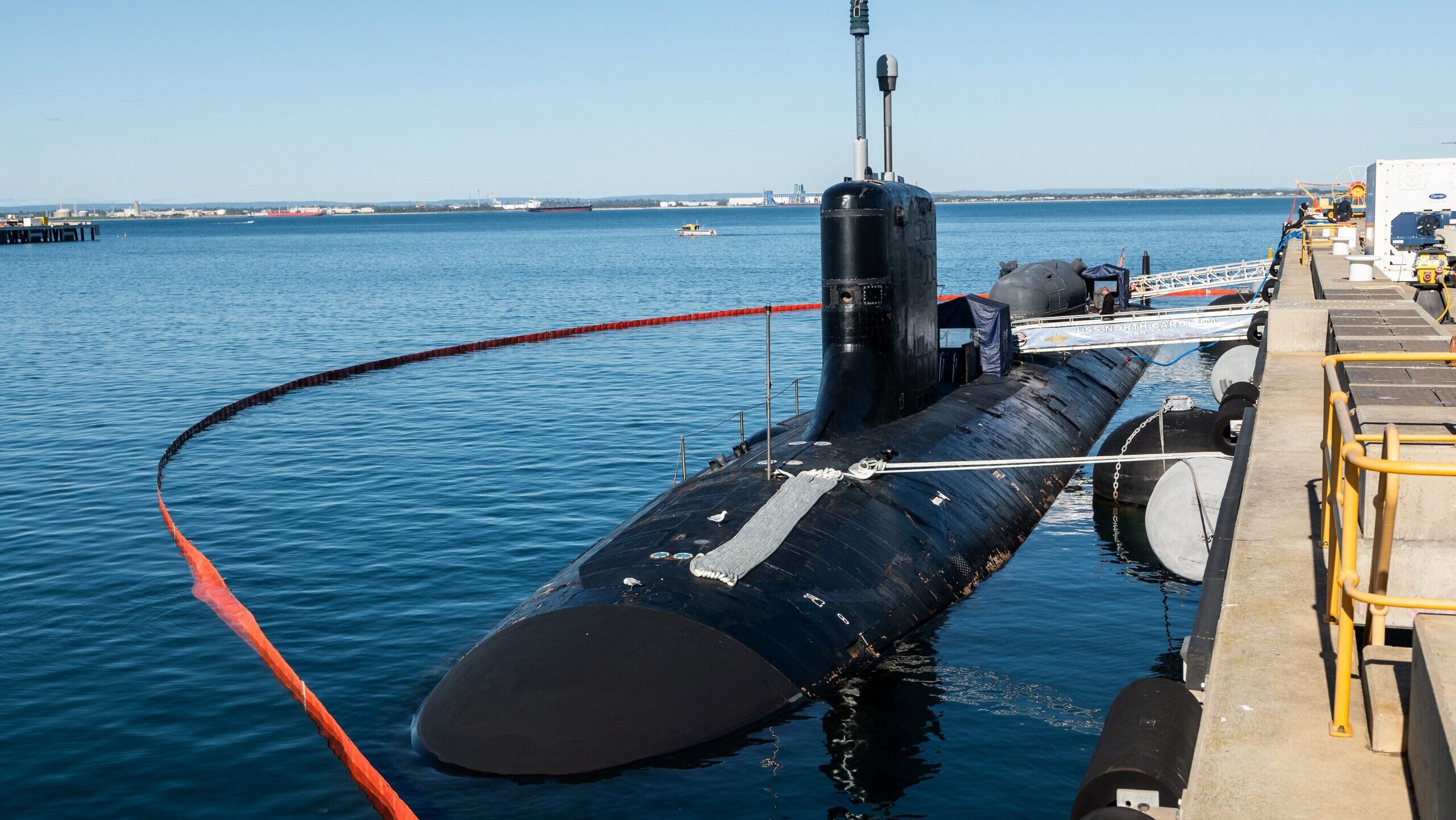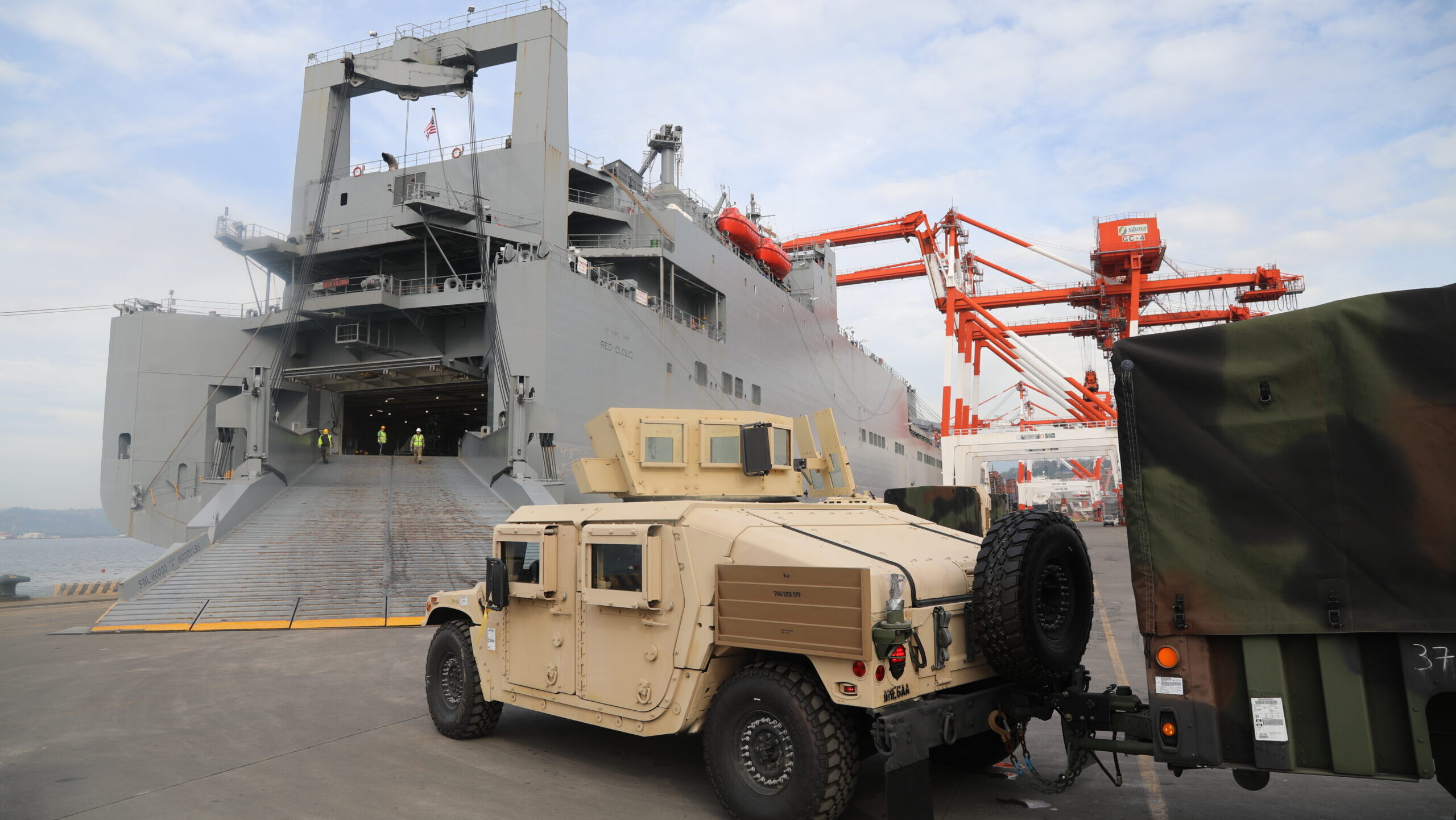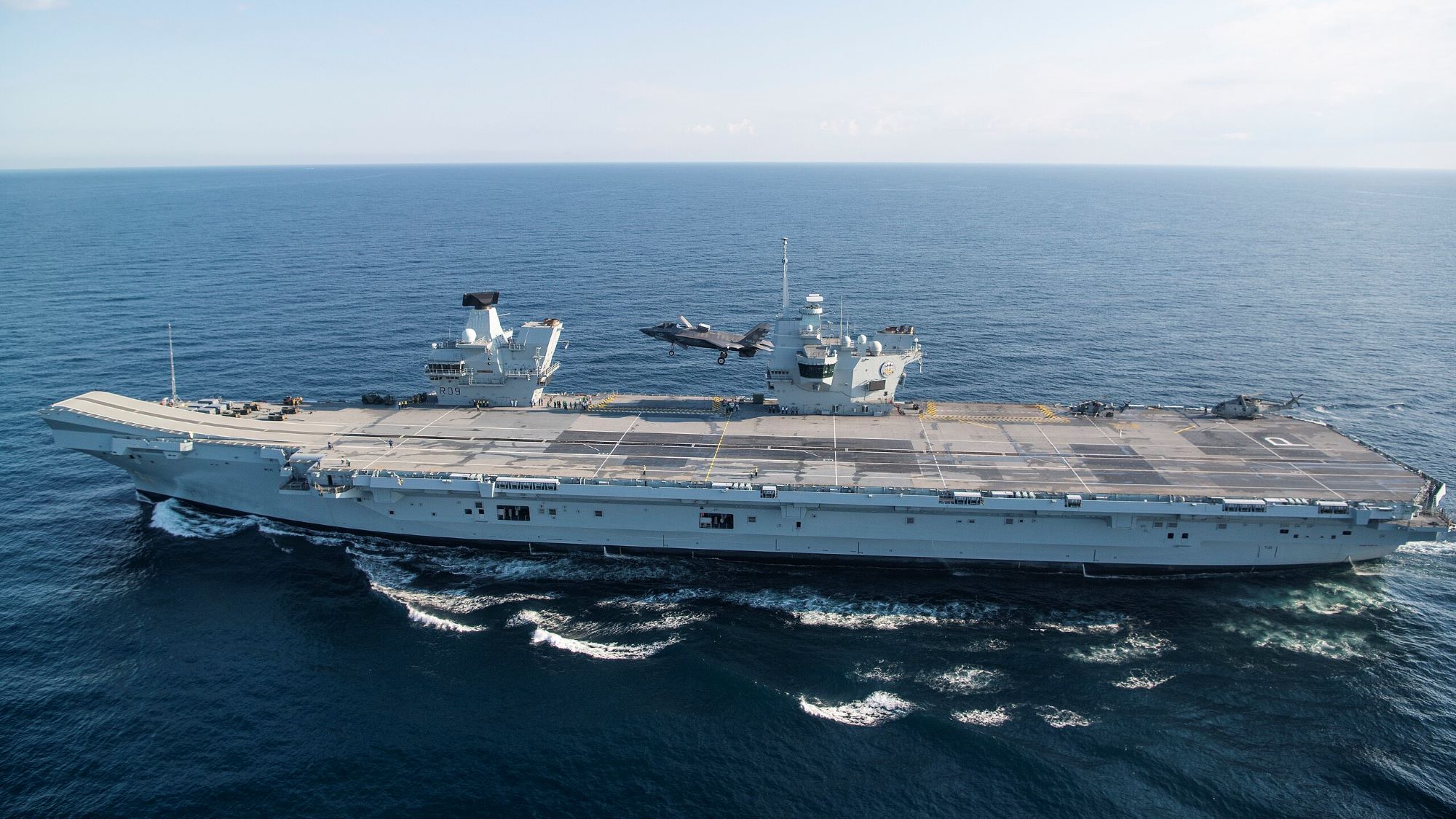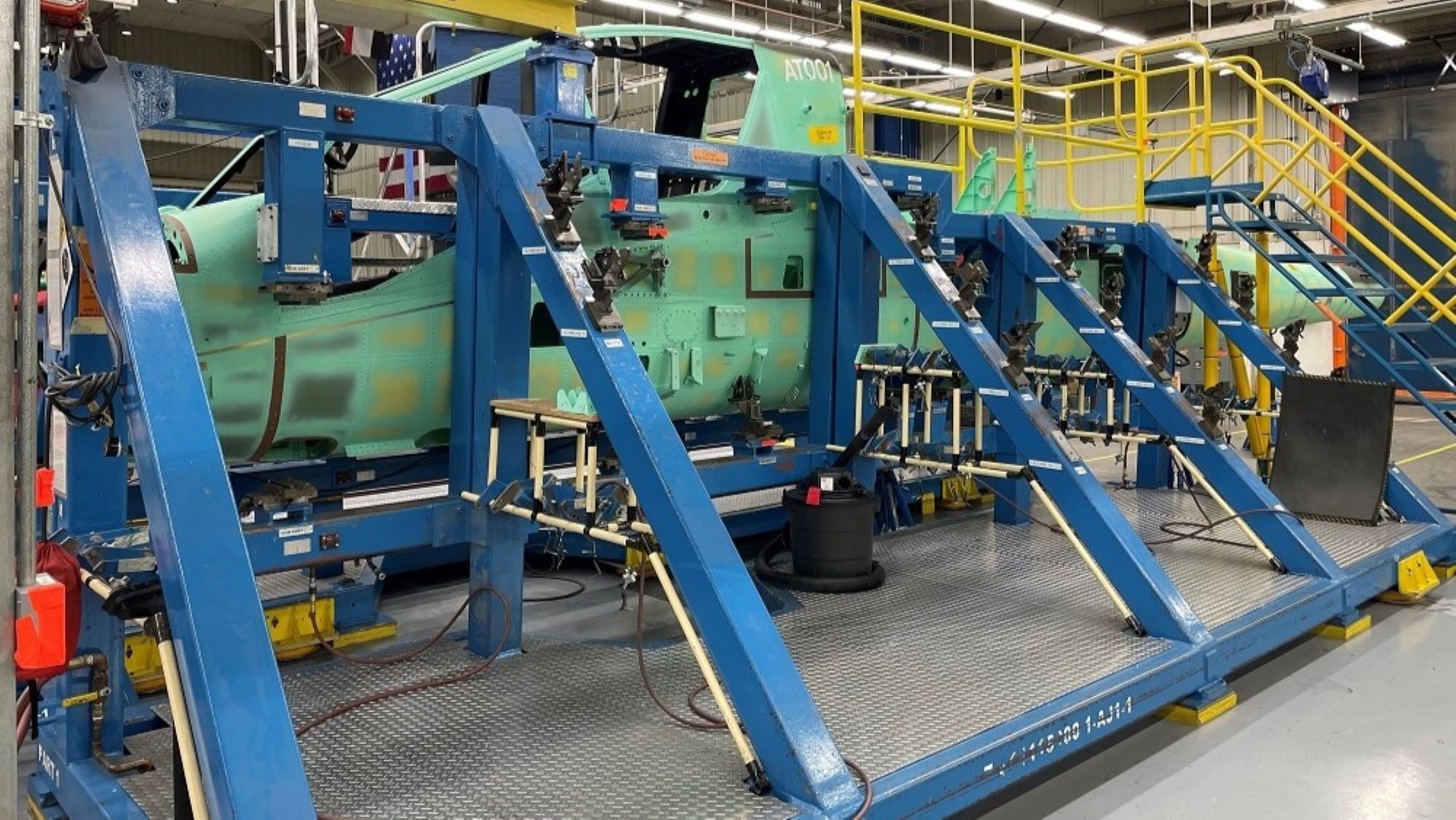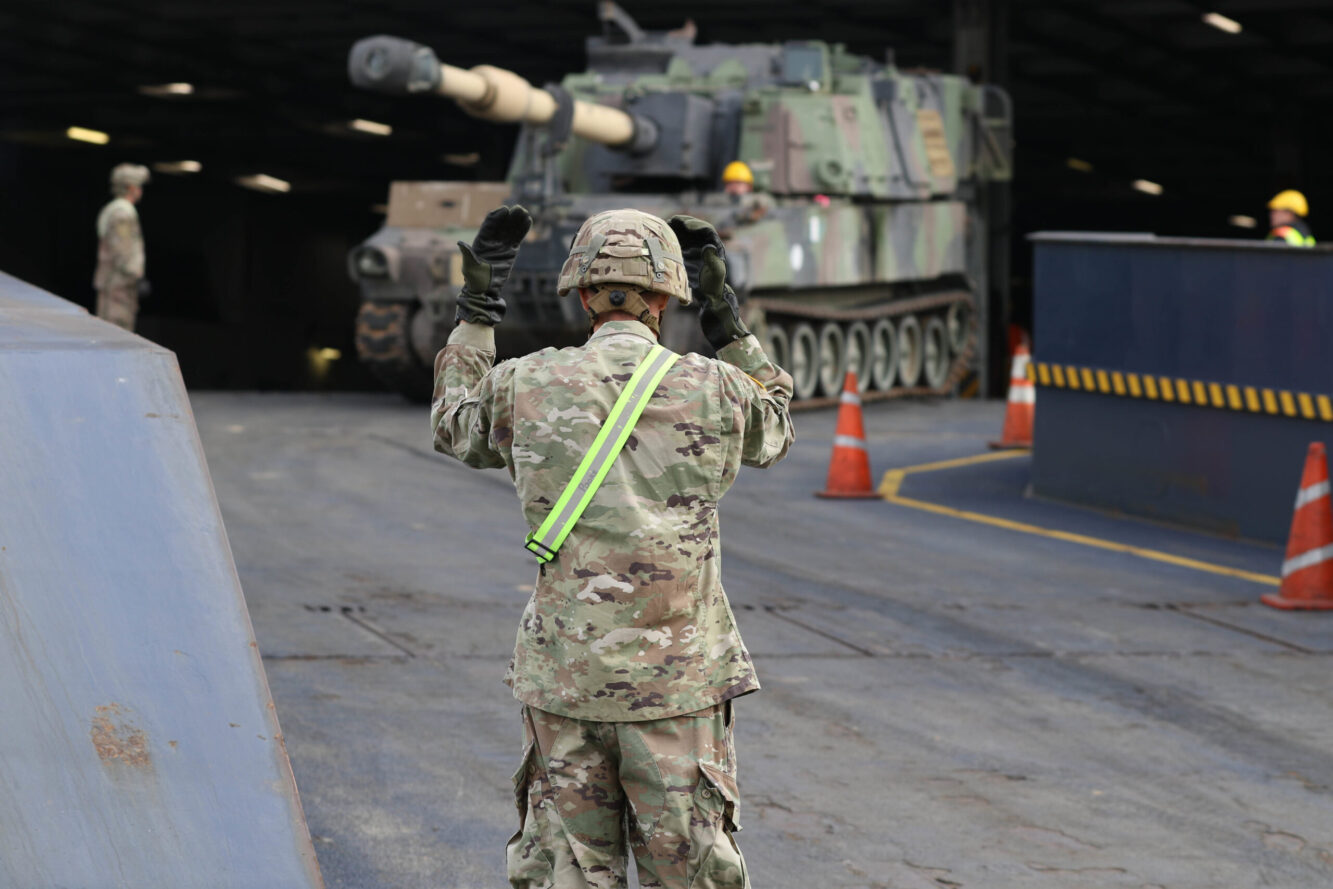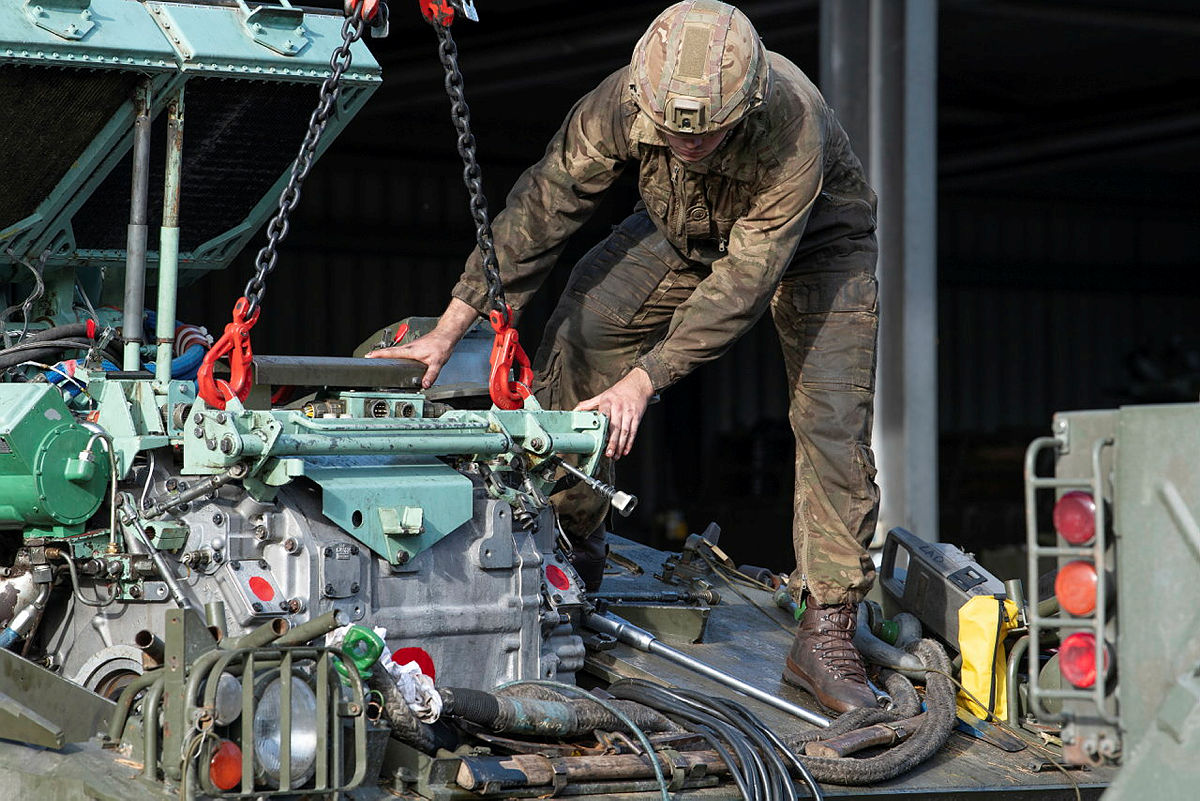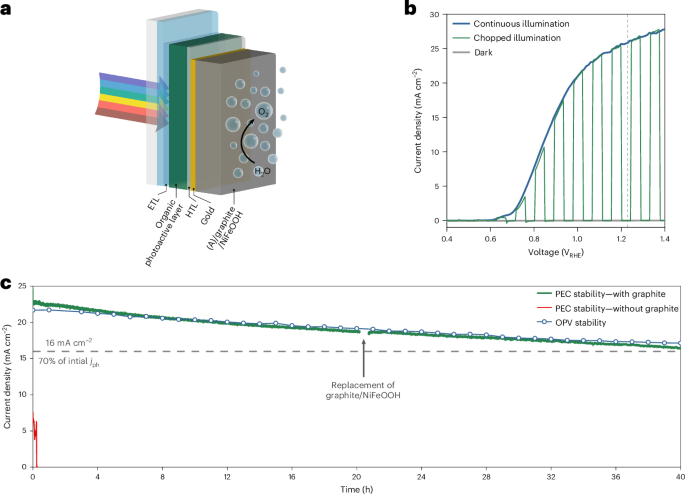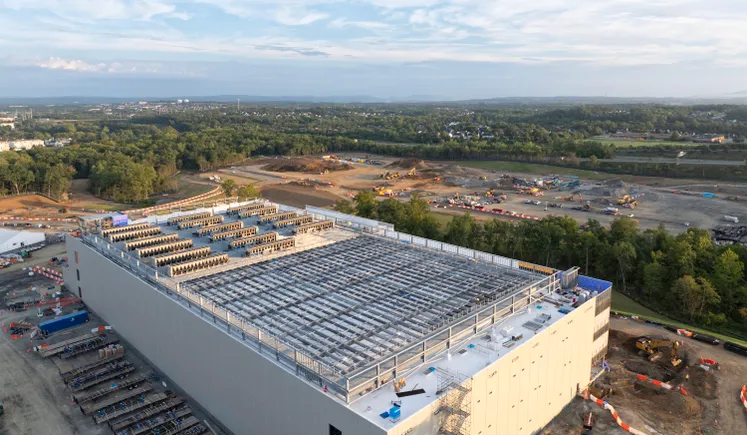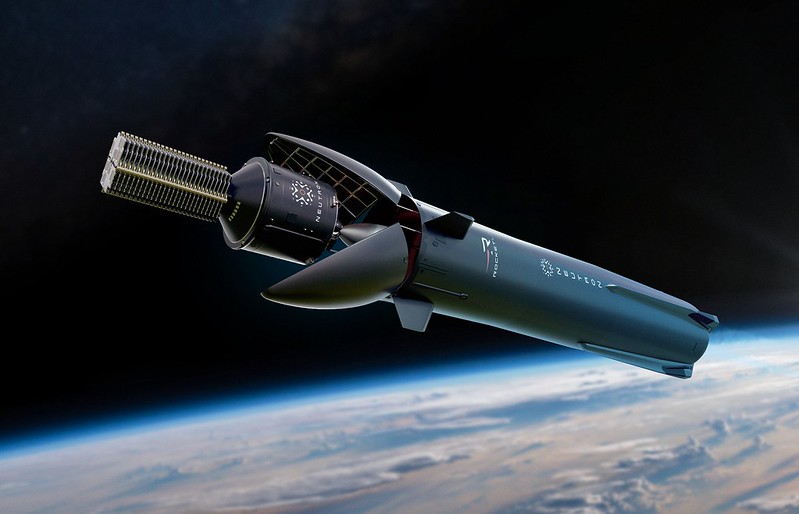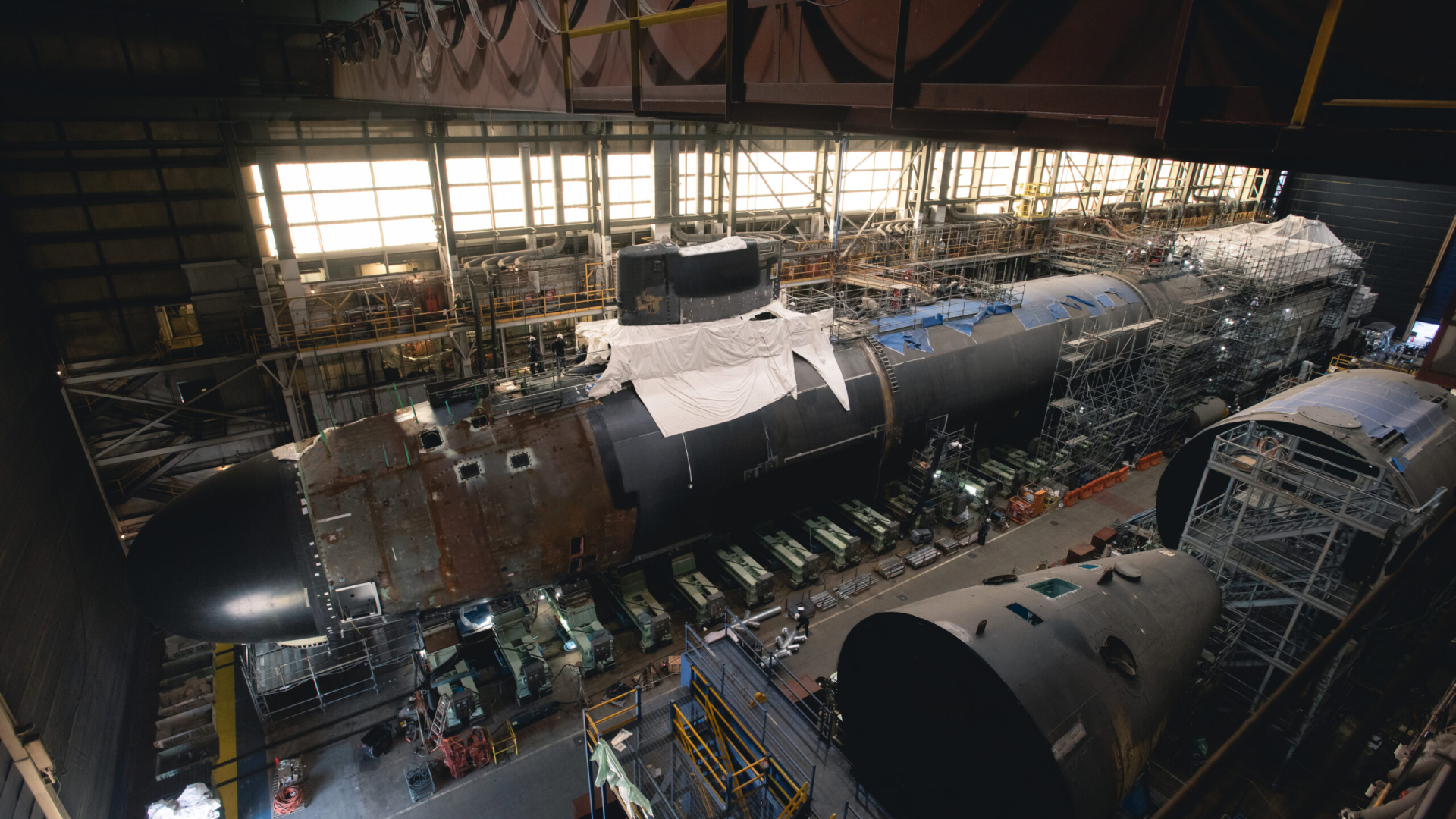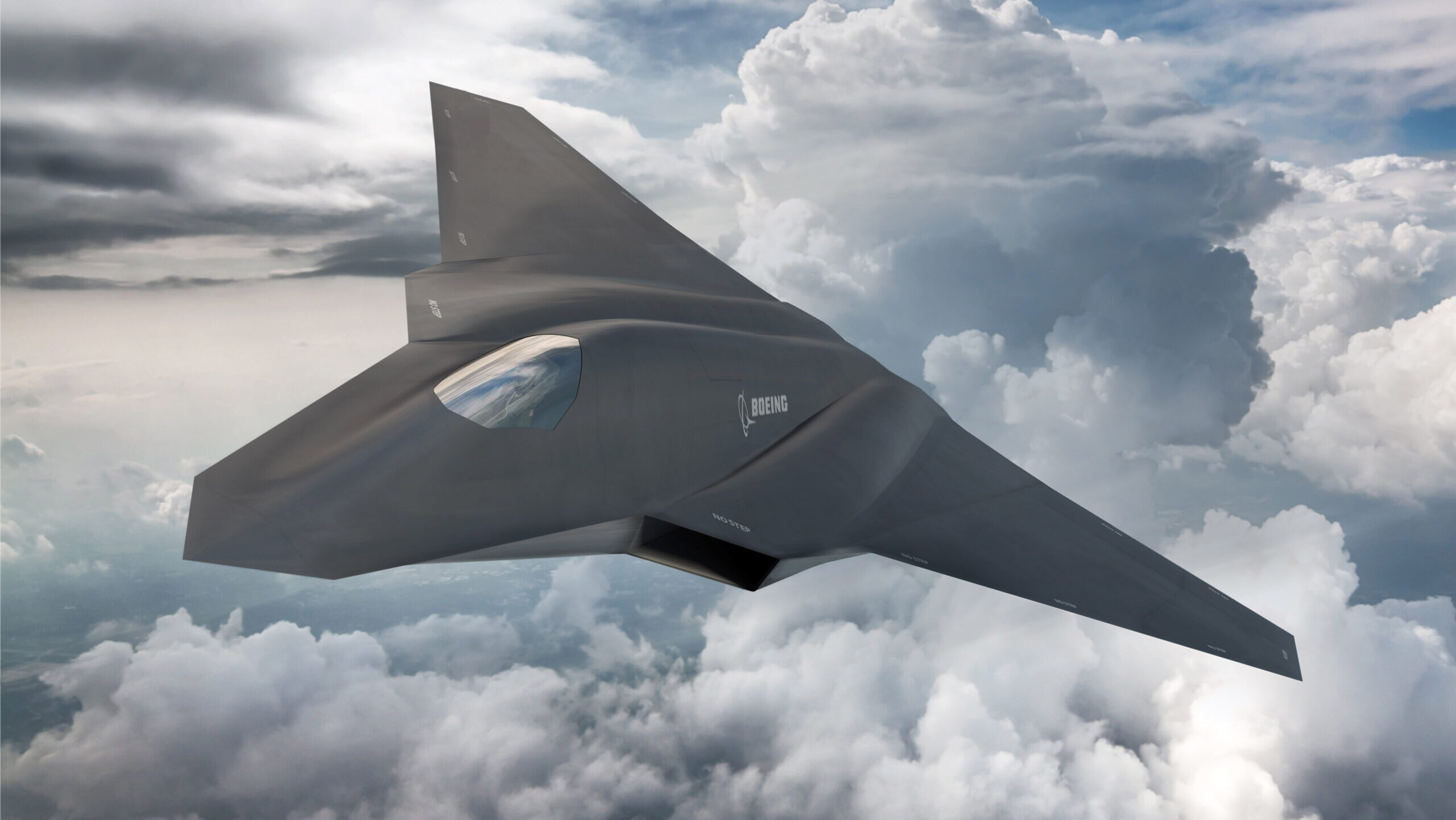Deploying forward: How the Army’s IBCS unifies missile defense across domains
[Sponsored] The Army is using IBCS as the cornerstone of integrated air and missile defense modernization.
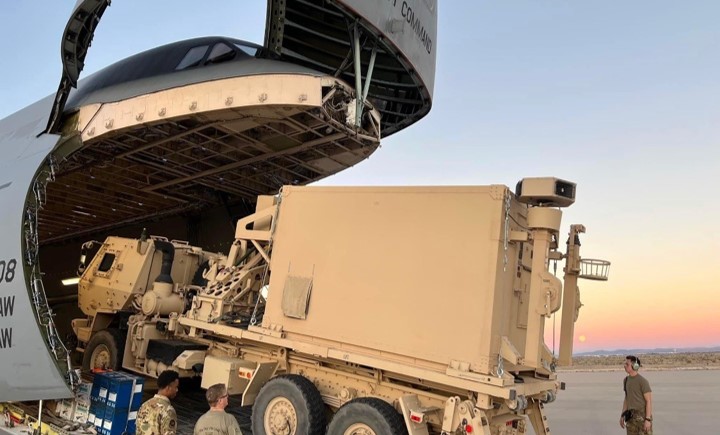

The Army plans to accelerate IBCS fielding to combatant commands in Eucom and Indopacom and deploy it as part of the Guam Defense System over the next 12 months.
With multiple milestones met for the Integrated Battle Command System (IBCS), the U.S. Army’s modernization program for missile defense, the Army now plans to accelerate IBCS fielding to combatant commands in Eucom and Indopacom and deploy it as part of the Guam Defense System over the next 12 months. Additionally, the Army will conduct a Follow-on Operational Test and Evaluation (FOTE) in Q2/Q3 of 2025 to evaluate continued system improvements.
In the past two years, IBCS has emerged from a dynamic period encompassing development, operational testing, Initial Operational Capability declaration, and an Army Full Rate Production decision. The program is expected to transition to deployment and fielding in 2025, while continuing to drive new weapon and sensor integration.
One of the foundational elements of IBCS is its ability to fuse data from multiple sensors into a single actionable picture of the full battlespace, enabling the integration of joint and coalition sensors and effectors across multiple domains. With its Modular Open Systems Approach (MOSA), which the Army is incorporating into all its major acquisition programs, IBCS continues to modernize its capabilities as missile threats evolve.
“In terms of the system’s evolution, we have continued to see the value from early system engineering decisions to design IBCS around a network enabled MOSA-designed architecture,” said Kenn Todorov, vice president and general manager, Command and Control & Weapons Integration, Northrop Grumman. “That design approach underpins the ‘any sensor, best shooter’ capability and enables IBCS to keep pace with evolving threats like unmanned systems, and cruise, ballistic, and hypersonic missiles.”

The Polish government, who selected IBCS to serve as the centerpiece for its medium and short range air defense modernization programs, declared Initial Operational Capability in December 2024. Poland is the first U.S. ally to field the system. (Northrop Grumman graphic)
IBCS’s architecture enables the system to communicate and pass data via a range of communication systems and data link protocols. For example, IBCS has demonstrated compatibility with the U.S. Navy’s Cooperative Engagement Capability (CEC) system through the Joint Track Management Capability (JTMC) bridge to enable the exchange of fire control data between the two service’s networks.
That same architecture can adapt to incorporate a variety of different sensors and effectors to an integrated fire control network. Over the past two years, the Army has focused on integrating the under-development Lower Tier Air and Missile Defense Sensor (LTAMDS) radar and the AIM-9 Indirect Fire Protection Capability (IFPC) missile with IBCS.
For 2025, engineering will focus on integrating IBCS with other sensors and radars like the Sentinel A4 radar, the Army Long-Range Persistent Surveillance (ALPS) passive sensor, and the Remote Interceptor Guidance-360 (RIG-360) missile communications device. The company also expects to see investment in engineering to integrate the Terminal High Altitude Area Defense (THAAD) system with IBCS.
“IBCS integrates sensors and effectors never designed to work together onto a single integrated fire control network,” said Todorov. “The Army’s vision for IBCS is that it serves as the single command and control for all Army air and missile defense, from short range through medium range.”
What’s next for IBCS
IBCS will be fielded to Army Patriot units in Europe and the Indo-Pacific as soon as this year in support of the Army’s accelerated fielding decision. With the system ready for fielding, demand is growing from U.S. allies for IBCS, allowing them to be interoperable with U.S. forces.
“We are seeing significant demand in the acquisition of IBCS from countries seeking to modernize their IAMD capabilities,” said Todorov. “For the 18 countries part of the legacy Patriot program, they will need to modernize through IBCS and its integrated fires and command and control system.”
IBCS is already operational in Poland. The Polish government, who selected IBCS to serve as the centerpiece for its medium and short range air defense modernization programs, declared Initial Operational Capability in December 2024. Poland is the first U.S. ally to field the system.
Northrop Grumman has also secured two additional contracts to continue its modernization of Poland’s air and missile defense programs, which include producing major end items and software development. Under these contracts Northrop Grumman will integrate Polish sensors and the UK-developed CAMM missile system into IBCS. Through the integration of existing and future sensors into IBCS, Poland is creating one of the largest, most capable air and missile defense forces in the world.
Todorov emphasized that Northrop Grumman’s newest contract with Poland demonstrates how IBCS is able to integrate indigenous sensor and effectors of partner nations, noting that “the delivery approach for IBCS is tailorable, and our approach encourages industrial participation and adaptation to meet a country’s unique air defense needs.”
“Truly integrated air and missile defense is realized through IBCS’ modern networking technologies to connect sensors, weapons and C2 nodes,” he continued. “This ready-now capability gives warfighters more time to make decisions on how best to defeat threats and is a foundational element for enabling joint and coalition, multi-domain operations.”






























































































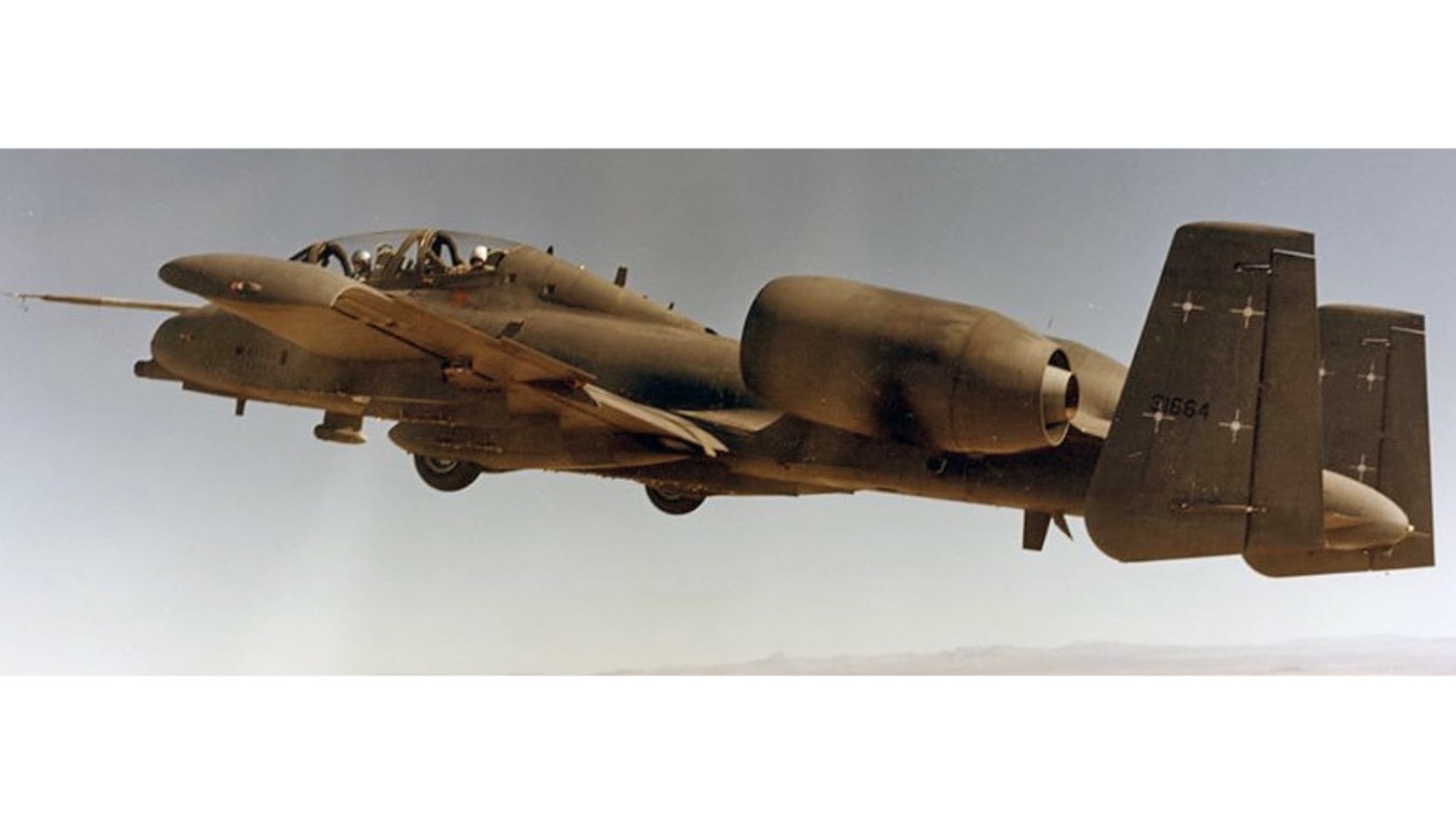


![The sights of Avalon Air Show 2025: Day Three [PHOTOS]](https://breakingdefense.com/wp-content/uploads/sites/3/2025/03/f-35-avalon-final-day-scaled-e1743079275404.jpg?#)
